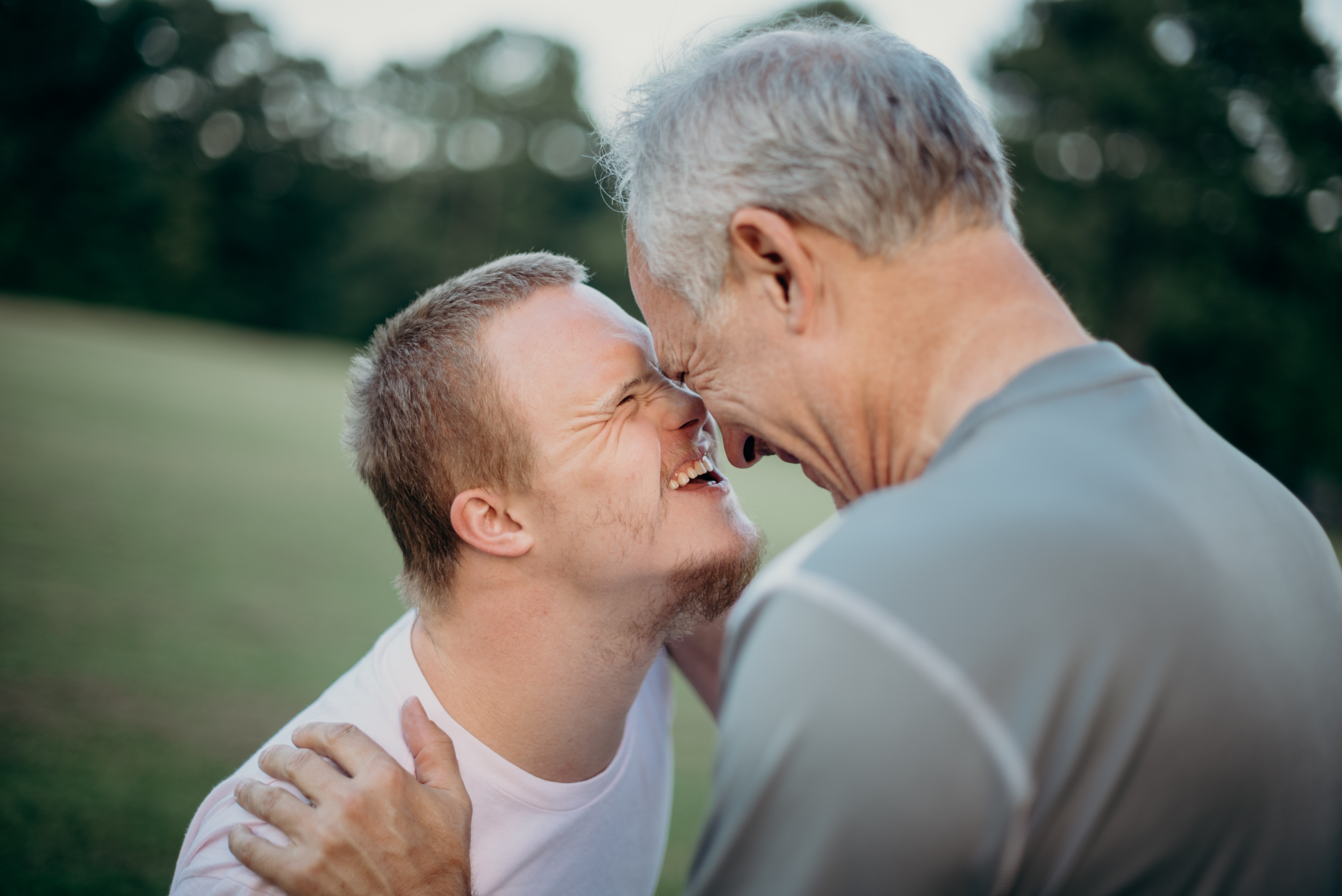About
In Portugal, the Occupational Activity Centers (CAO) are the primary support response for young people and adults whose disability situation prevents socio-professional integration under normal working conditions or in a protected employment centre. As stated by the Social Security Institute (2007, p. 2), these services aim to "promote and make available conditions that contribute to a quality life through the performance of socially useful activities, whenever possible in the community, with a view to the development of their capacities, as active, creative and creative beings".
The valorization of the social role and the involvement in the community are fundamental principles in the definition of these services, embodying the values set out in the Convention on the Rights of Persons with Disabilities (UN, 2007) – the commitment to recognize and promote "the equal right of all people with disabilities to live in the community, with equal choices (...) and their total inclusion and participation in the community".
International estimates indicate that about 7-10 hours of your day are spent in supports similar to the CAO (Inspectorate of Health Care, 2005), which emphasise their prominence in the daily routine of individuals with profound intellectual disabilities. Their importance in the life of young people/adults and the fulfilling of political and social goals for inclusion has motivated the scrutiny of the significance of the activities promoted by these services in the quality of life of its users. These lines of study have resulted in a set of evidence (e.g., Zijlstra & Vlaskamp, 2005) that shows the predominance of activities related to primary and sensorial care; restricted to living standards dominated by spaces and groups made up only of other persons with disabilities. These data have underlined the urgent need for a break with traditional models in the organisation of these services - aimed at the mere occupation of time - for others focused on mediating access and involvement in the community.
This transformation is reflected at the international level by the proliferation of guidelines of good practice for the modernization of services with reference to tasks that include the empowerment of individuals with disabilities; the creation of supportive social networks, and the removal of physical, social and intellectual barriers in the community (e.g., New Directions 2012-2016, England; Time to Move from Congregated Settings: A Strategy for Community Inclusion, 2011, Ireland). Aiming to personalise the plans to the needs and volition of each and, in parallel, the empowerment of the community, the orientation of services for participation and citizenship has been a challenge that requires political and practical measures, but fundamentally, a cultural change.
The mapping of domains of activity and participation currently promoted by CAOs and the discrimination of those implemented in a common context is a necessary step in structuring and expanding practices compatible with the change of centre-based services by community-based services.
Thus, given the lack of systematised information in Portugal on the content of the activities carried out in this context, this study aims to describe the nature and diversity of the Activity and Participation domains promoted by CAO’s and to understand which indicators differentiate the activities/experiences for users.
Five research questions guide this study:
1- What are the objectives that, according to the perspective of professionals and users, are underlying the promoted activities?
2- What defines, according to the perspective of professionals and users, routines and quality activities?
3- What is the spectrum of opportunities for participation in community and contact/insertion contexts in groups with individuals without disabilities?
4- What elements constitute the social network of users support?
5- To what extent does the spectrum of Activities / Participation, community access and social vary according to the complexity of the disability situation?





